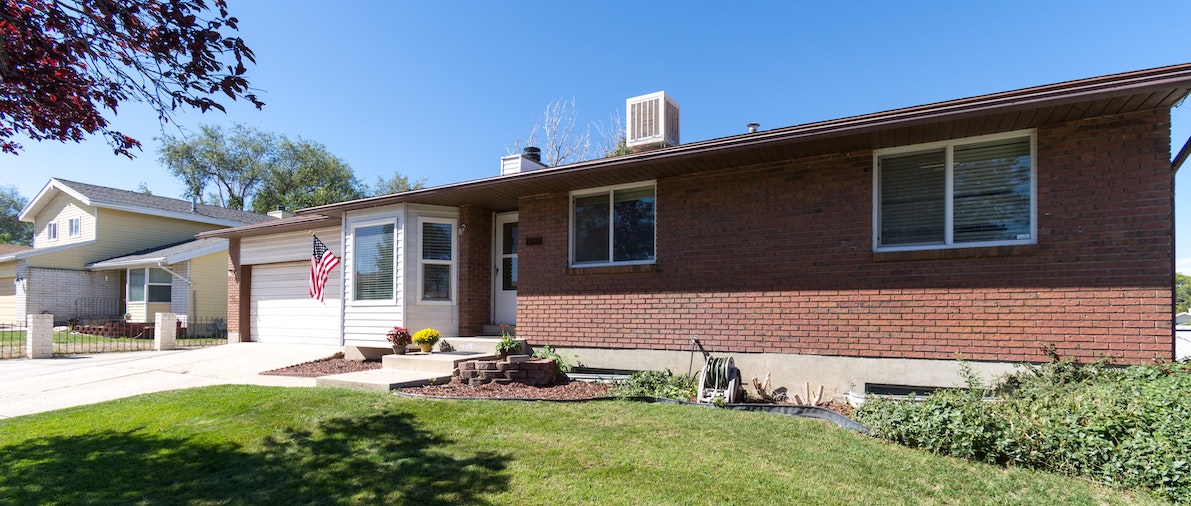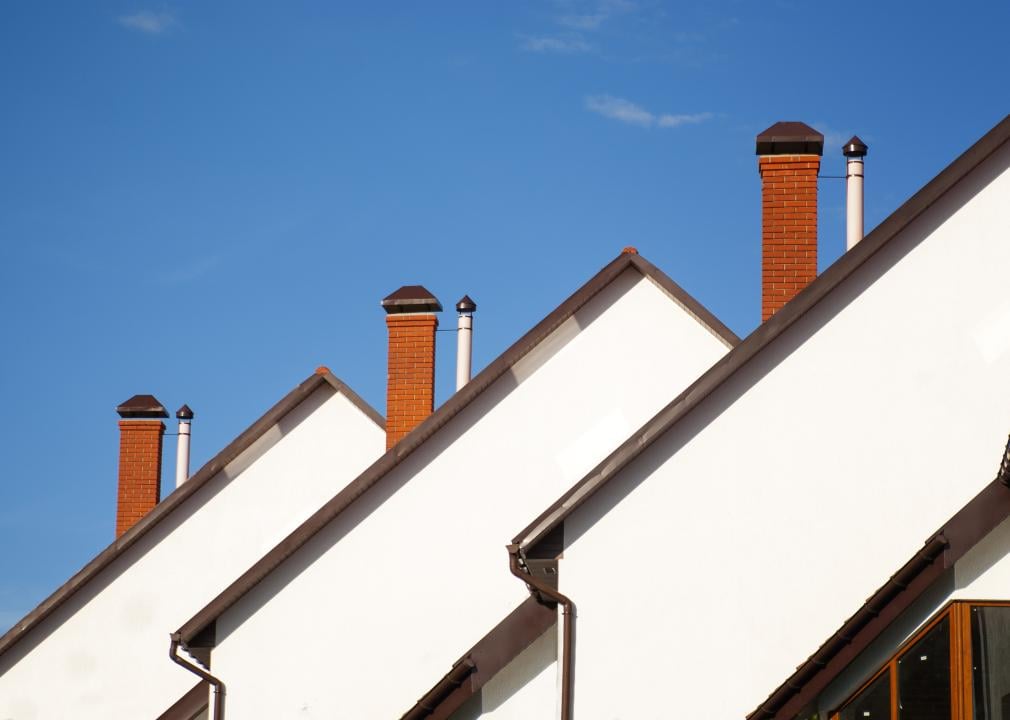Real Estate Investing
Accessory Dwelling Units: Should You Add an ADU To Rent?
Last Updated Oct 19, 2021


Cities like San Francisco, Los Angeles, and Portland are making it easier than ever to obtain the permits necessary to create an Accessory Dwelling Unit (ADU). But even if you can, should you build one?
Insufficient housing supply has been a long-running issue in this country, but with the pandemic creating further pressure on the rental market and housing affordability, local and state governments have been forced to look at loosening zoning laws. As legislation changes, it's becoming far easier for homeowners to create Accessory Dwelling Units (ADUs) and create an investment in real estate to enter the rental market. Some states like California - where undersupply has been a chronic issue, pushing rental prices to the stratosphere - went even further, creating grant programs to incentivize the construction of ADUs. If you have the space on your property, an ADU can make a great investment to enter the rental market.
What is an ADU in real estate?
Despite an increasing prevalence, there remains a lot of confusion in the public’s imagination when it comes to ADUs. This is largely due to a wide variety of real estate structures falling under the ADU umbrella.
For example, a former garage that has been transformed into a living space — that’s an ADU; an attic space above a garage that has a plumbing system and heating units — that’s also an ADU; a small lane house or cottage completely detached from a property’s main house — that too is an ADU. Basically any room in a house — or secondary building on a piece of property — that can be used as an independent living quarters is classified as an ADU.
California — ever the innovator — has even created a new category of ADU: Junior Accessory Dwelling Units. A Junior ADU can be no more than 500 square feet in size, and is permitted to share plumbing and heating systems with the main house.
The pros and cons of adding Accessory Dwelling Units to your home
Most people are attracted to adding an ADU to their property to generate passive income through renting. While renting out a studio or lane house won't attract as much as a larger home, over time the profits add up and can bring down the cost of your mortgage. As house prices continue to climb and the cost of living increases, there is a real emotional and practical benefit to making extra income, allowing you to stay in your home longer.
They also provide flexibility. Of course, you can rent out your ADU, but if need be, you can use it to house family members. This use-case became particularly prevalent during the pandemic, when extended families were looking for creative (and safe) ways to continue seeing each other during the lockdowns.
If you're living in a State or City incentivizing the construction of ADUs, the upfront costs aren’t nearly as onerous you might think they’d be. To convert a basement or garage to an ADU can cost as little as $18,000.
But even without any help from the government, creating an ADU doesn't have to be expensive — even if you’re building a free-standing structure from the ground up. The laws are a little more lax than they are when it comes to building a primary dwelling. In California for instance ADUs can be wood-frame constructions, as opposed to infill buildings, which are far more expensive to erect.
Of course, there are some downsides, too, especially if you’re converting a room or area of your primary residence into an ADU. Privacy becomes an issue, especially with JADUs. The build-out process might also prove to be disruptive.
And then there are the problems that come with being a landlord — finding and keeping residents, attending to all their problems, and having to chase down rent checks on a monthly basis. That inconvenience, if not awkwardness, is amplified when your tenant is living in such close proximity to you.
Creating or managing an ADU property with Belong
A lot of the concerns you would face as a landlord can be mitigated with the right property manager. Belong takes a unique approach to traditional property management, digitizing what used to be a cumbersome and painful process. From finding the right tenants that will leave peacefully alongside your home, to ensuring you never go without income.
With Belong, you’ll also avoid the hassle of negotiating with contractors with access to a 24/7 Concierge service and instant access to a vendor network of over 10,000 professionals. Belong can connect you to the right people, whether you’re converting a pre-existing space into an ADU or JADU, or building a whole new structure. They conduct the feasibility report to determine if it’s even possible to build an ADU, collaborate with your architect (or recommend one, if need be), and construct the entire building on site. Belong has also partnered with Modal to install prefab ADUs, if a homeowner prefers to go in that direction.
So for homeowners who work with Belong, creating an ADU becomes less of a question of why, but of why not? Visit our homeowner's page to find out more about how our services are helping people to ditch property management in Seattle, Redmond, Oakland, San Francisco, San Diego, Los Angeles, Tampa, Orlando, Jacksonville, Miami and many more.

About the author
Lucas Hanft
Lucas attended Yale University before becoming a journalist and working with brands to tell their story.





